![]()
This is the Eduard, photo etch sets for the ‘German Sd.Kfz.165 Hummel‘ from Dragon.
Detail set |
Dragon |
||||
| (35 611) | Ammo box & floor 1† | 6150 | |||
| (35 612) | Ammo box & floor 2† | 6150 | |||
| (35 677) | Basic, early model† | 6204 | |||
Source: Eduard
This is the Dragon 6321 kit in 1/35 scale, of the ‘German Sd.Kfz.165 Hummel – Late Production’.
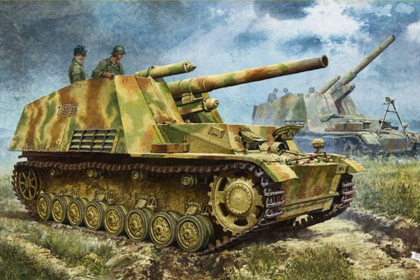
The full designation was Panzerfeldhaubitze 18M auf Geschützwagen III/IV (Sf) Hummel, Sd.Kfz.165. On February 27, 1944, Hitler ordered the name Hummel to be dropped as being inappropriate for a fighting vehicle.
This is the Trumpeter 05550 kit in 1/35 scale, of the ‘German 8.8cm PaK 43 Waffenträger’.
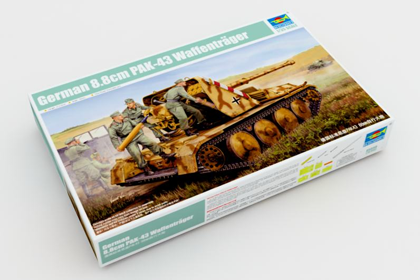
All means will be used in an attempt to obtain all of the suspension parts by the end of December. If this is achieved, a further 19 should be completed by 15 January 1945.
This is the Tamiya 35 101-2500 kit in 1/35 scale, of the ‘German Flakpanzer IV, Möbelwagen’.
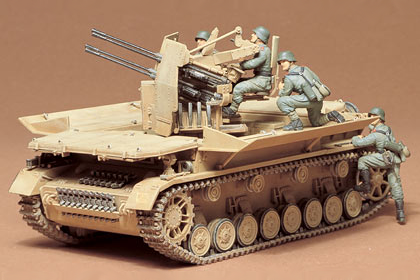
This is the MiniArt 35036 kit in 1/35 scale, of the ‘Russian Self Propelled Gun, SU-76M’.
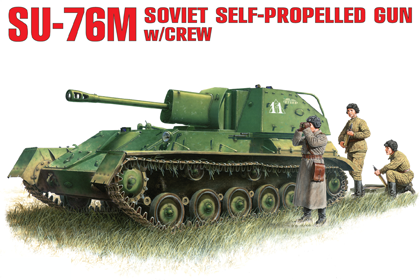
The SU-76 (Samokhodnaya Ustanovka 76) was a Soviet self-propelled gun used during and after World War II. The SU-76 was based on a lengthened and widened version of the T-70 tank chassis.
Its simple construction made it the second most produced Soviet armoured vehicle of World War II, after the T-34 tank.
Crews loved this vehicle for its simplicity, reliability, and ease of use. Because of this and the steering which was regarded as cumbersome the vehicle was (un)affectionately called suka (“bitch”), Suchka (“little bitch”) by its crews.
This is the Tamiya 35 146-4000 kit in 1/35 scale, of the ‘German Panzerkampfwagen VI, Tiger I, Ausf E – Late version’.
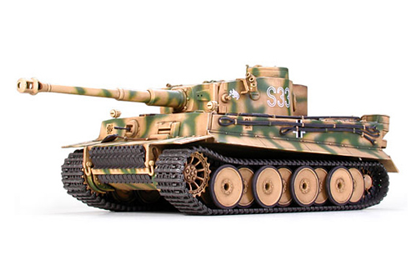
Roadwheel improvements consisted of replacing the rubber rimmed roadwheels with new wheels that ran on steel rims, which were insulated from the hub by two rubber rings clamped between disc-shaped pressings. Changes made to the turret were: a commander’s cupola with seven vision ports, an anti-aircraft machine gun ring, and a side pivoting hatch; a loader’s hatch with periscope; the smoke exhaust outlet relocated to the center of the turret; and internally mounted “S” mine dischargers.
The 88mm KwK36(L/56) main gun was considered for replacement with the awesome KwK43(L/71) cannon, as used on the King Tiger, but was never accomplished. It has been said that one Tiger I tank was equal to five Sherman tanks on the battlefield and it was the most feared and respected of all German tanks during the conflict.
This is the Tamiya 35 303-4300 kit in 1/35 scale, of the ‘Russian Heavy Self Propelled Gun, JSU-152’.

Beast Killer – In the latter half of WWII, in order to counter German tanks, the Russian army used the JS-2 heavy tank’s chassis to create the JSU-152 heavy self-propelled gun. It featured improved armor protection and a simple superstructure which housed a massive ML-20S 152mm howitzer.
They officially entered combat in the summer of 1944 during Operation Bagration, where Russian soldiers gave it the nickname Zveroboy (beast killer) due to its ability to destroy Tiger I and Panther tanks. The JSU-152 proved its effectiveness against both tanks and fortifications all the way to the Battle of Berlin and greatly contributed to the Russian victory.